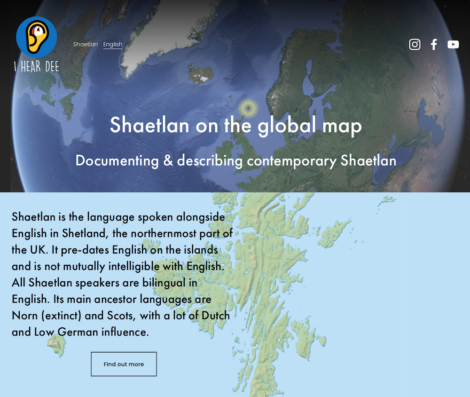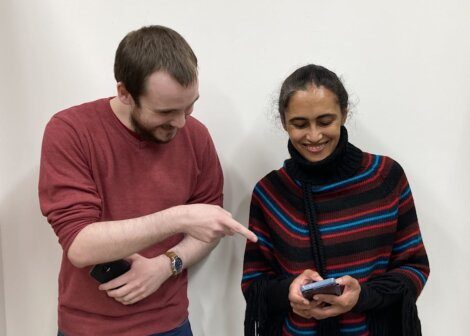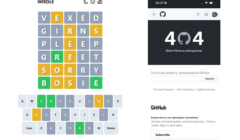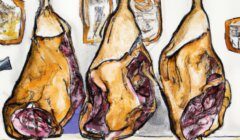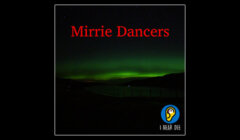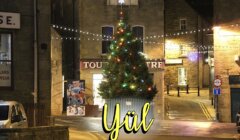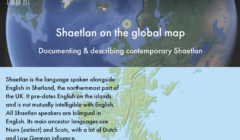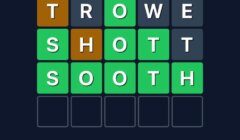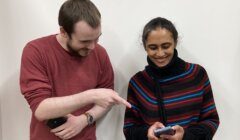Community / ‘I hear dee’ project launches website to help safeguard the local language
Shetland is described as a bilingual community
A NEW website is aiming to put Shetland on the global map linguistically by promoting the endangered local dialect as a language in its own right.
The I hear dee project is driven by a small team of native Shaetlan speakers – Roy Mullay and Julie Dennison – and led by global linguistics expert Professor Dr Viveka Velupillai from Geese University in Germany.
Dr Velupillai said the aim of the project was to comprehensively document and describe Shaetlan “as a language variety in its own right”.
The site will eventually host the grammar and dictionary of Shaetlan.
“That means a comprehensive grammar of the same size and structure as other typological linguistic grammars of languages in the world,” Dr Velupillai said.
“That will give Shaetlan the same place, space and acknowledgement on the global linguistic map as any other language in the world.
“While we are working on the grammar and dictionary, which will still take a fair bit of time, we link to our social media posts, which are all about the structure and history of Shaetlan, and the culture it embodies.
“It is a structured language on a par with any other language, and should be recognised as such.”
The team behind the project drew a lot of local and national attention in November when they managed to get 10,000 words in Shetland dialect added to the predictive text function on Android and iPhone devices.
Dr Velupillai added that one of the main principles behind the project was “to show by action that Shaetlan is a perfectly viable language in its own right”.
Become a member of Shetland News
“We therefore also hope that this site will bring back pride of place and pride for Shaetlan to the local Shetland community, especially to speakers of Shaetlan, who, for many generations, have been told that their language is quirky, inadequate and improper, all of which [is] completely unjustified linguistically and historically,” she said.
“It should also, ultimately, be recognised as a language for instruction in schools, where it should be given equal space as English in all teaching, on all levels (P1-S5/6) and in all subjects.”
Being a bilingual speaker of Swedish and Sri Lankan who grew up in several different countries, she said she instantly felt at home in Shetland.
“The sense of recognition resonated very strongly with me from the first time I landed and keeps resonating,” she said.
Referring to the I hear dee project, she added that the website aims to be a starting point to prove, locally as well as internationally, that Shaetlan is a solid enough language to deserve such recognition.
“We produce everything bilingually because Shetland is a bilingual community.”
Become a member of Shetland News
Shetland News is asking its readers to consider paying for membership to get additional perks:
- Removal of third-party ads;
- Bookmark posts to read later;
- Exclusive curated weekly newsletter;
- Hide membership messages;
- Comments open for discussion.
If you appreciate what we do and feel strongly about impartial local journalism, then please become a member of Shetland News by either making a single payment, or setting up a monthly, quarterly or yearly subscription.






